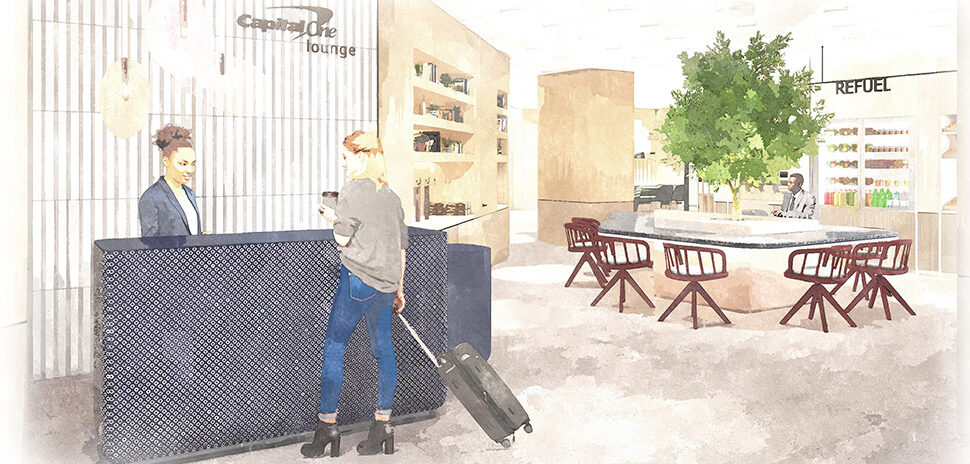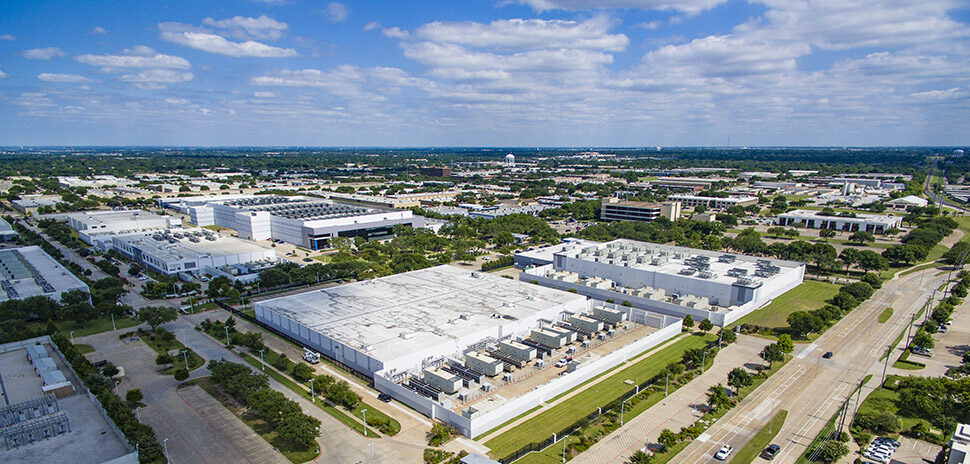Dallas Fort Worth International Airport has been a life-saving link in the supply chain during the pandemic. The ability to safely move sensitive products put a spotlight on DFW’s top-tier distribution capacity—and the airport’s aim to help put North Texas on the global map as a life science hub, says Milton De la Paz.
As one of only two airports in North America with an IATA CEIV Pharma community, DFW cargo stakeholders across the supply chain have been trained in providing the best environment and safe handling for pharmaceuticals and life science R&D needs, according to De la Paz, the VP of airline relations and cargo at DFW Airport.
The twin goals? To move biologics with quality assurance—and, ultimately, spawn a life sciences manufacturing cluster, thanks to logistics and supply chain companies at the ready.
A community approach to a seal of approval
The airport adopted a community approach to the rigorous CEIV certification process by assembling logistics partners with specialization in ground handling, trucking, cold storage, warehousing, and freight forwarding. DFW partners in the CEIV community— SCL Cold Chain, dnata Cargo USA, B.I.G. Logistics, and Expeditors International—completed a testing and validation process that meets global standards for safe, efficient handling of pharmaceutical and life science products at airports.
The certification, earned in 2019, was timely. Operation Warp Speed quickly put a spotlight on the airport’s cold chain capabilities in the pandemic.
“We raised our hand,” De la Paz told us. “We saw right away that the requirements to distribute the Pfizer vaccine and Moderna were at a very high standard. Pfizer requires 70 degrees below Celsius. There’s no truck that has that kind of refrigeration.”
De La Paz—who is also a board member for BioNorthTX, an organization that promotes and connects the region’s biotech industry—has helped lead efforts to capitalize on geography, air traffic, and local can-do communities in the sector.
Currently, the logistics leader is heading up a project for the handling and transportation of cell gene therapies.
De la Paz is among the experts invited to share their thoughts on the CRE market for our recent DALLAS® magazine that focused on how DFW punches above its weight in commercial real estate. Here’s what he had to say in “View from the Top Tier.”
Dallas-Fort Worth International Airport is top-ranked globally for connectivity, and one of its strengths is commercial service. Let’s start with a big picture in terms of logistics.
This airport was ranked No. 1 in the world in connectivity in 2020: We have more flights connecting the airport around the globe. Think about the distribution capabilities and possibilities that offers. Commercial services—the freight forwarders and our many airlines—are among our many strengths.
DFW is American’s biggest hub, and even during the pandemic, it was at times operating up to 800+ flights a day. That’s just one carrier.
When it comes to logistics, geography counts. It’s so important to be in the middle of the country. Omnidirectional distribution is key—in any direction you get there faster.
How does the airport help bridge the gap between the pharma industry and logistics when it comes to air transport?
The pharmaceutical supply chain needs to ensure the integrity of the product. It’s about getting products with unique characteristics from point A to B with quality assurance. We engage with the manufacturers and members in the supply chain to make sure that we’re all in lockstep. We’re not doing this in a vacuum.
DFW is one of two North American airports with an IATA CEIV Pharma community. Why did you make the investment?
Research tells us that billions of dollars of pharmaceuticals are wasted or lost every year because the efficacy of the product was ruined or undermined because of the temperature excursion. It’s about the critical quality assurance these life science companies require. But from a big-picture standpoint, it’s about saving lives. It’s about the health and well-being of people who need medicines, some to just get through life. Reducing waste in pharmaceuticals is really about the community and the global cause.
Four companies made the investment with us to go through the training, which is extensive. These companies are ready to ship pharmaceutical goods, especially ones that are extremely time- and temperature-sensitive, like cancer therapy, for example. When pharma and tech companies are looking for who can handle their sensitive products—who is certified to do so—we should pop up on that list. DFW has the last-mile trucking companies, we have a cold-chain facility, we have a global freight forwarder—all certified to handle these goods.
How did Operation Warp Speed put DFW on the radar for distribution?
We saw right away that the requirements to distribute the Pfizer vaccine and Moderna were at a very high standard. Pfizer requires 70 degrees below Celsius. There’s no truck that has that kind of refrigeration. So it came down to packaging—dry ice and other accommodations.
We raised our hand: We started talking to the Texas Department of Emergency Management. We didn’t know how Operation Warp Speed would unfold, but we said, “We have the CEIV Pharma community. We have expertise. We have facilities, cold chain, all these infrastructure processes in place. From a humanitarian standpoint, we’re here to help right now.”
When it comes to transporting the vaccine, much is not public information. But the point is, the different agencies overseeing Operation Warp Speed were glad to know what we have.
What is the DFW advantage for a developing life science manufacturing cluster?
We want those who are investing in North Texas in the sector to know that the area has the CEIV Pharma capability. We can connect them with logistics service providers who can make sure that the product is maintaining its integrity throughout the supply chain.
Distribution and shipping is key in the life science sector. We support the development of standard operating procedures for quality assurance.
What’s your long-term vision for that?
Our endgame is to help develop a manufacturing and distribution cluster here in Dallas-Fort Worth.
There are a couple of other areas known for life science R&D, but geography is important. When you’re distributing, you want to cut down your distances to have faster access to wherever you need to go. Think about the distribution radius of San Francisco or Boston: You’ve got to go all the way across country. Whereas from DFW, you can reach any point within the 48 contiguous states by plane in less than four hours. By truck you can reach something like 80 to 90% of the U.S. population within two days.
We would love it if the DFW region is known and established as a pharmaceutical manufacturing cluster.
What’s next for your group?
As a member of Pharma.aero’s advisory board, I’ve been asked to lead a project for the handling and transportation of cell gene therapies. These are highly sensitive, in terms of time and temperature—and very expensive. We’re talking with manufacturers, scientists, and labs that specialize in selling therapies about requirements for handling in this specialized area.
This interview has been edited for brevity and clarity.
A version of this story first appeared in the print edition of DALLAS® Commercial Real Estate 2022, published by Dallas Next for TREC and the Dallas Regional Chamber. Read more in the digital edition of the magazine below, and request the next print edition here.
Get on the List
Request the next print edition of DALLAS® Commercial Real Estate here—and sign up for the Dallas Innovates e-newsletter for what’s new and next in North Texas business and CRE. To share your news or get information about the magazine, reach us here.
The real estate magazine is part of the DALLAS® media platform that includes the DALLAS® Relocation and Newcomer Guide and the DALLAS® Economic Development Guide. Published by Dallas Next for the Dallas Regional Chamber, together they tell the world about the future of live, work, learn, and play in North Texas.
![]()
Get on the list.
Dallas Innovates, every day.
Sign up to keep your eye on what’s new and next in Dallas-Fort Worth, every day.

































































